Are Blue Akoya Pearls Natural and Valuable?

Do you like Akoya pearls? If your answer is yes, would you like them in blue color? The more you have, the less it is, and now it is time to add a blue Akoya pearl to the collection. In general, they are a type of saltwater pearl primarily produced by the Akoya oysters.
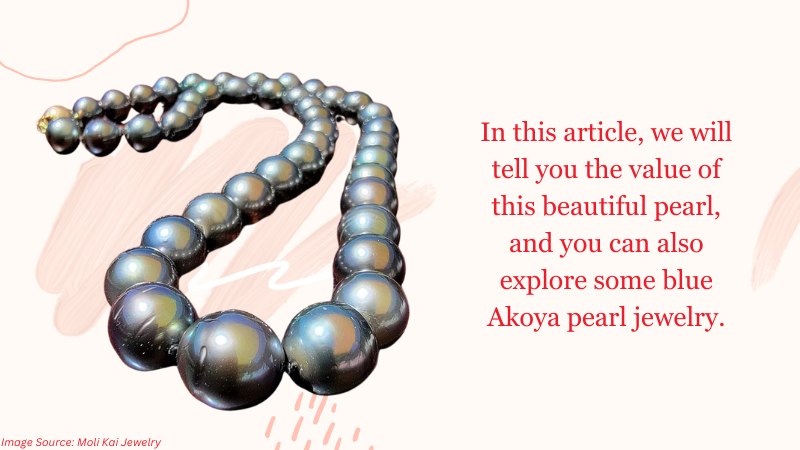
However, if you are wondering where the blue comes from, we are about to answer everything for you. In this article, we will tell you the value of this beautiful pearl, and you can also explore some blue Akoya pearl jewelry.
What are Blue Akoya Pearls?
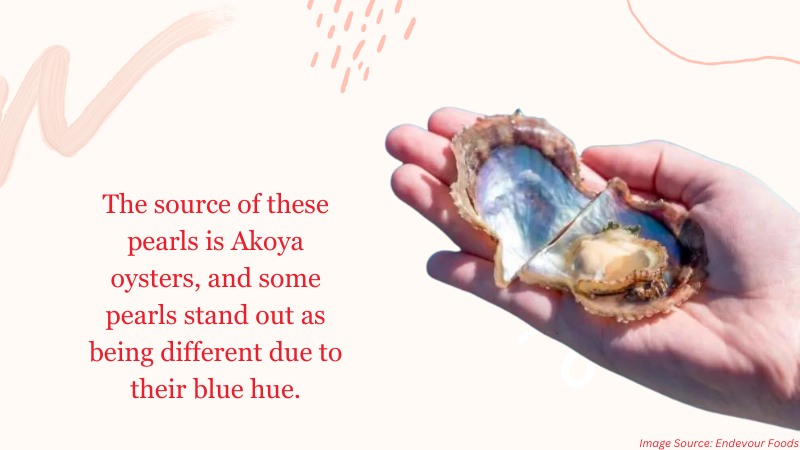
They are a beautiful variation of Akoya pearls, just blue. These pearls are known for their incredible luster, perfectly round shape, and high-quality finish. The source of these pearls is Akoya oysters, and some pearls stand out as being different due to their blue hue. Let’s get to know the origin and history behind this interesting blue Akoya pearl.
Origin
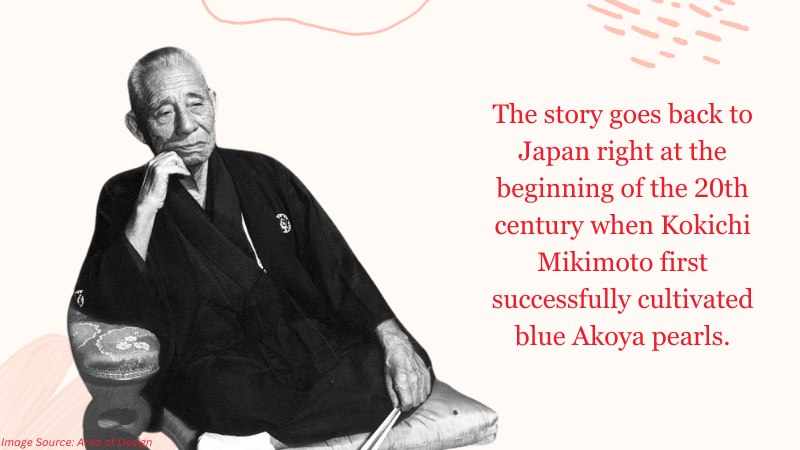
The story goes back to Japan right at the beginning of the 20th century when Kokichi Mikimoto first successfully cultivated blue Akoya pearls. They do come in shades of white and cream with overtones of silver or rose. However, the blue Akoya pearls can be cultivated in various locations where Akoya pearls are.
History
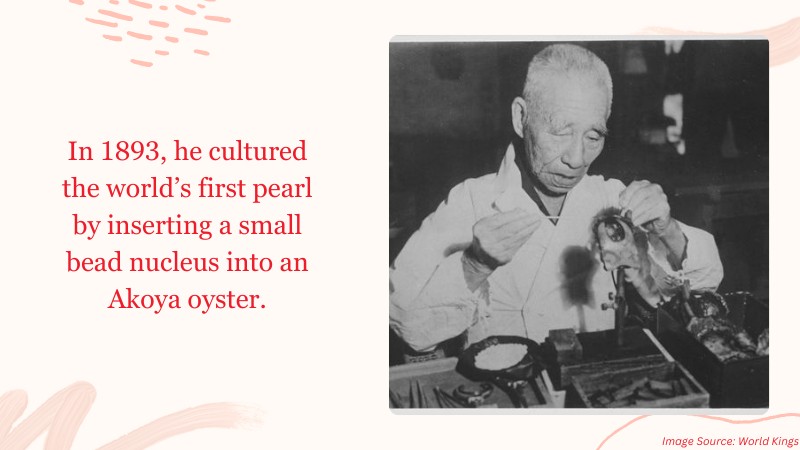
Now, you already know that Kokichi Mikimoto, a Japanese entrepreneur, started it. Please note that he initially relied on natural pearls collected from the ocean. In 1893, he cultured the world’s first pearl by inserting a small bead nucleus into an Akoya oyster.
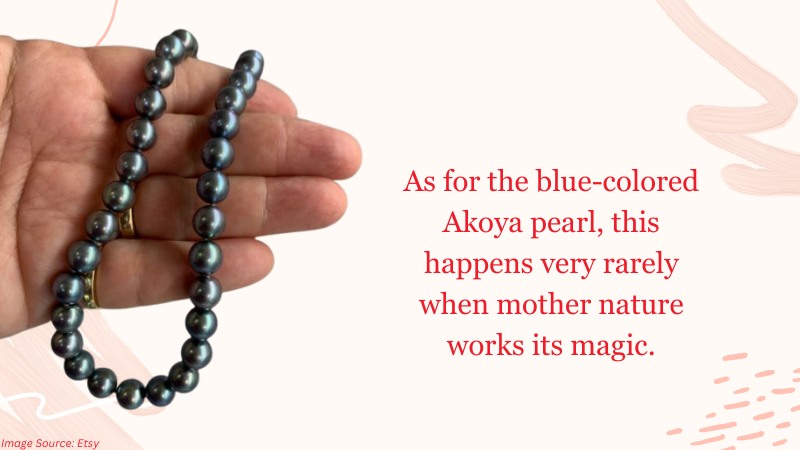
As for the blue-colored Akoya pearl, this happens very rarely when mother nature works its magic. Then, out of the blue, a pearl of a different color other than white or cream appears. Other than that, you can also get a blue Akoya pearl by dying. Here is an interesting fact to surprise you - they are also dyed in black.
Quality
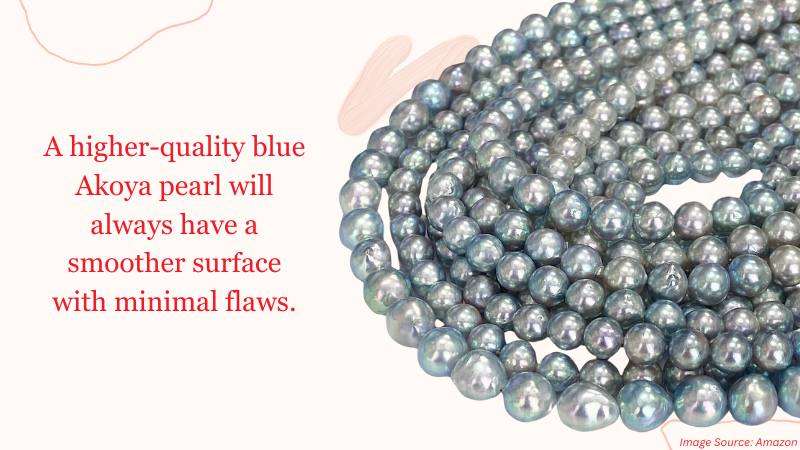
Blue Akoya pearls are known for their stunning blue color. Even though the depths and intensity of the blue color can vary, for example, you can either have a subtle pastel or a rich, deep shade, etc. They have very good luster and a reflective, mirror-like surface. Also, unlike the white pearls, blue ones do come typically round.
Their size can vary and fall within the 6mm to 8mm range. A higher-quality blue Akoya pearl will always have a smoother surface with minimal flaws.
Rarity
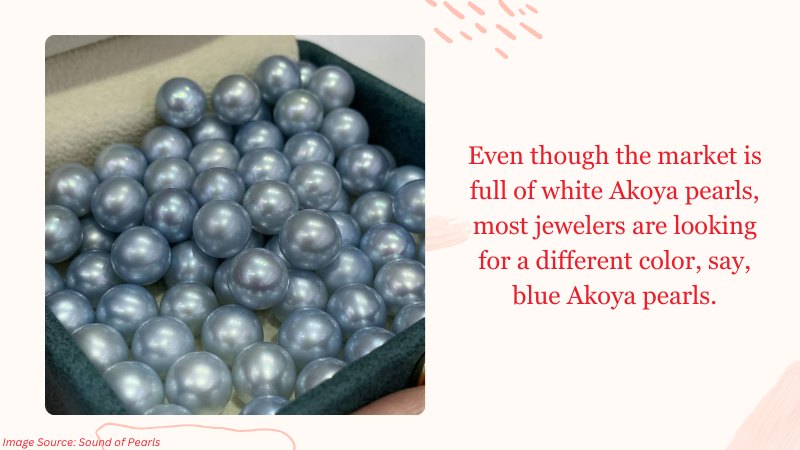
Blue Akoya pearls are rarer than traditional white Akoya pearls. The obvious reason is the naturally occurring blue hues in Akoya oysters. Even though the market is full of white Akoya pearls, most jewelers are looking for a different color, say, blue Akoya pearls. Because they are so rare, it has higher commanding value.
The value of Blue Akoya pearls is determined by factors such as the intensity of the blue color, size, luster, and overall quality. Just remember that natural pearls are generally more valuable than treated ones.
How do Blue Akoya Pearls Get Their Color?
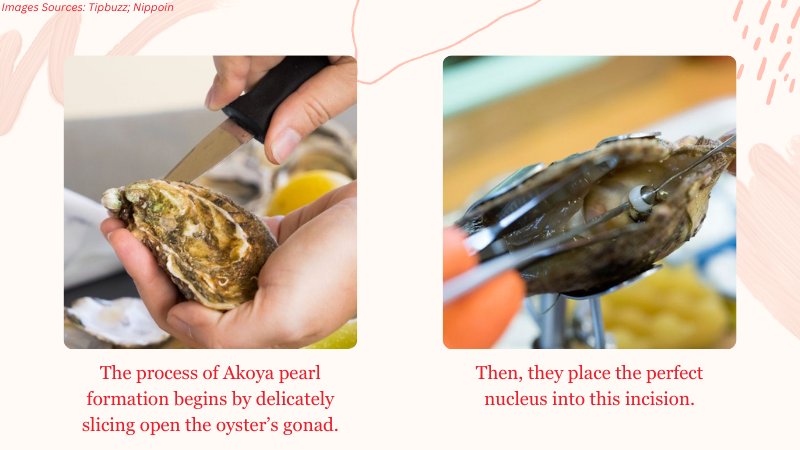
It is a delicate balance between nature and human intervention. The process of Akoya pearl formation begins by delicately slicing open the oyster’s gonad. Then, they place the perfect nucleus into this incision. After that, a tiny piece of donor mantle tissue is put on top of the bead. This tissue is responsible for the pearl’s color.
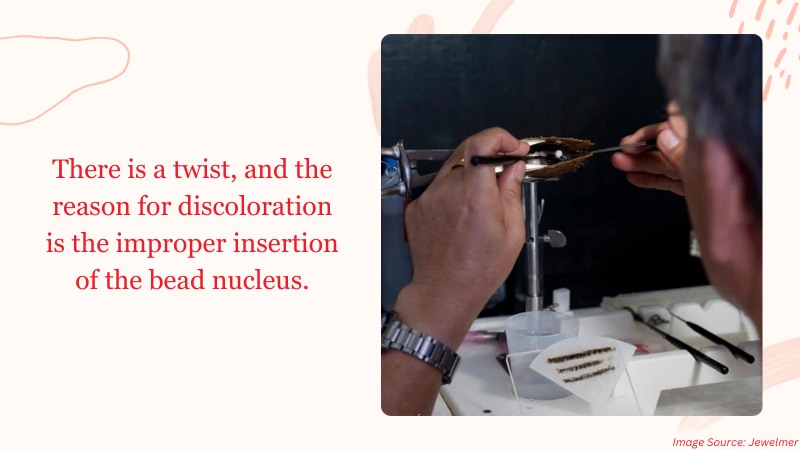
However, in the case of blue Akoya pearls, this mantle tissue takes a back seat. There is a twist, and the reason for discoloration is the improper insertion of the bead nucleus. In simpler words, the bead nucleus collects organic matter during the process. This eventually leads to the unique color of the pearl.
Are Blue Akoya Pearls Natural?
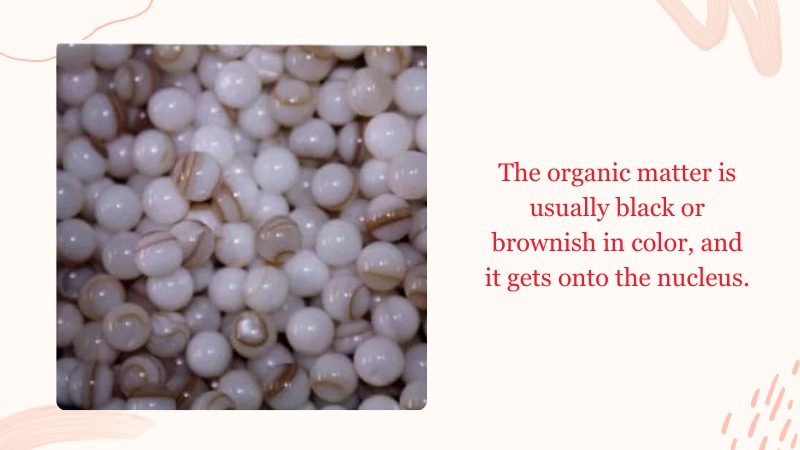
The organic matter is usually black or brownish, and it gets onto the nucleus. So, during the irregular secretion of nacre around the nucleus because of the bad insertion. Then and there, an interesting transformation occurs, and this results in the formation of a natural blue Akoya pearl.
Are Blue Akoya Pearls Valuable?
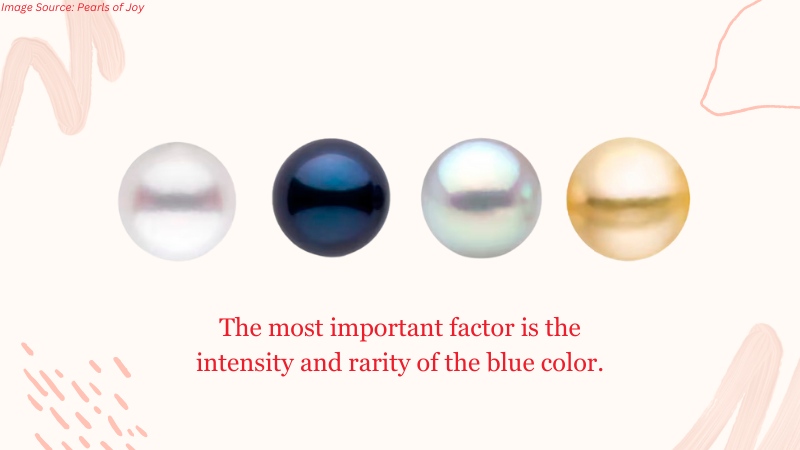
The value of blue Akoya pearls depends totally on factors like size, luster, and surface quality. However, the most important factor is the intensity and rarity of the blue color. It is true that naturally occurring blue Akoya pearls are more valuable than dyed ones.
Blue Akoya Pearl Jewelry
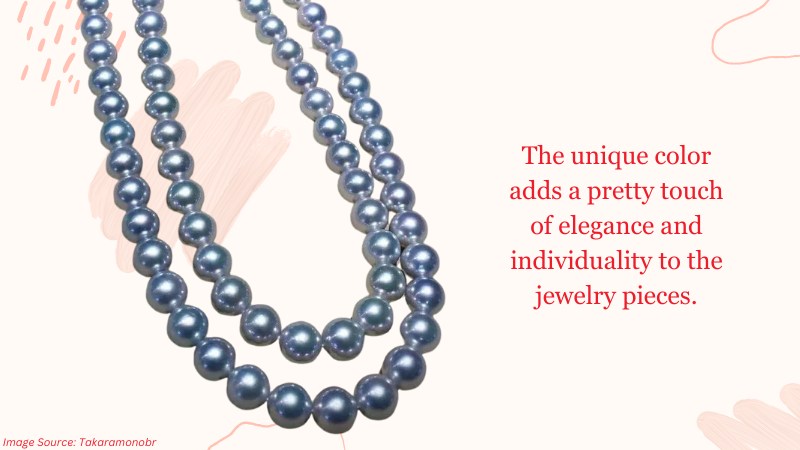
Blue Akoya pearls are found in many jewelry pieces, for example, a blue-grey Akoya pearl chain necklace, earrings, bracelets, rings, etc. The unique color adds a pretty touch of elegance and individuality to the jewelry pieces.
How Do You Care for and Maintain Blue Akoya Pearls?
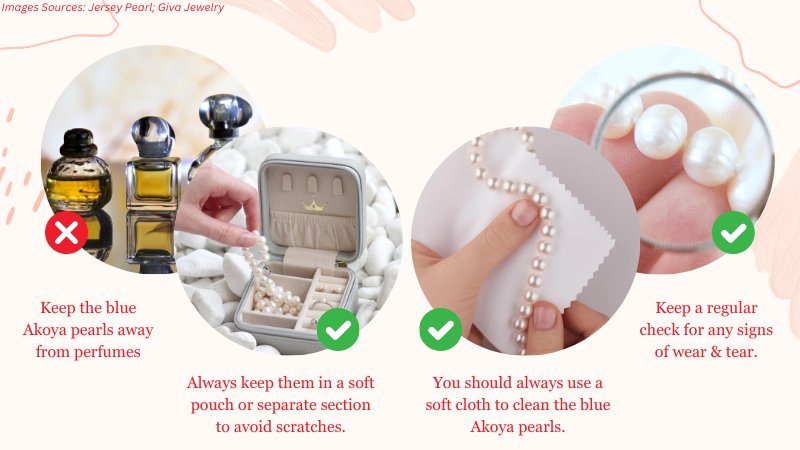
If you want to preserve the beauty of blue Akoya pearls, take care of:
Harsh chemicals - Keep the blue Akoya pearls away from perfumes, cosmetics, hairsprays, etc., because they can damage the pearls.
Storage - Always keep them in a soft pouch or separate section to avoid scratches.
Cleanliness - You should always use a soft cloth to clean the blue Akoya pearls.
Inspection - Keep a regular check for any signs of wear & tear.
Conclusion
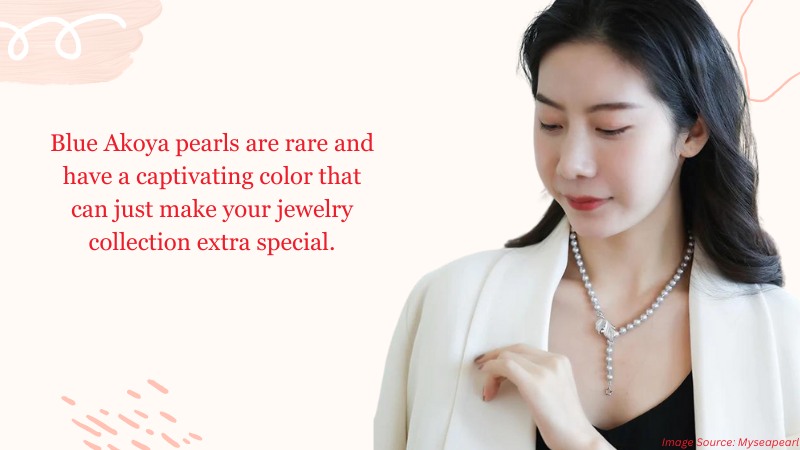
Blue Akoya pearls are rare and have a captivating color that can just make your jewelry collection extra special. Whether natural or dyed, their beauty and scarcity contribute in a great number of ways to the world of pearl jewelry.
FAQs
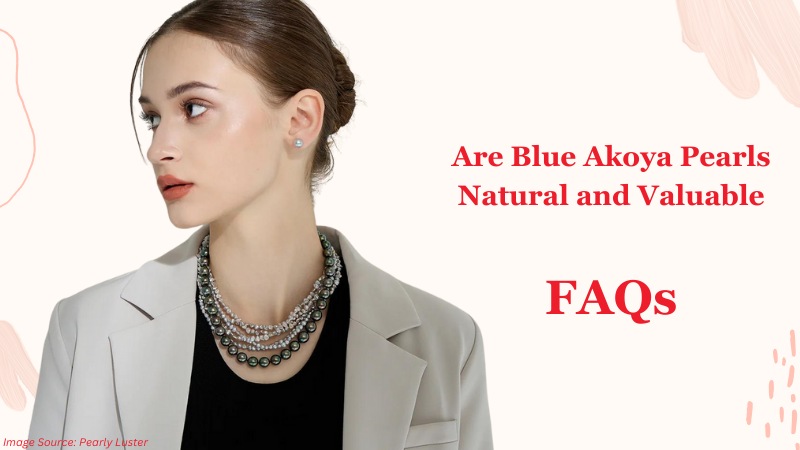
What does a blue pearl mean?
The blue pearls are a symbol of tranquillity, wisdom, spiritual wisdom, etc.
What is the best color for Akoya pearls?
Traditionally, you can find white to cream-coloured Akoya pearls. The best color is subjective and depends on your personal choice.
Are pearls rarer than gold?
For some good reason, naturally occurring pearls are rarer than gold. Cultured pearls, while more common, still pass a level of rarity compared to mass-produced items.
What is the highest grade of Akoya Pearl?
The highest level of Akoya pearl exhibits high luster, minimal surface imperfections, and a good round shape.
Are Akoya pearls only from Japan?
While Akoya pearls were initially cultured in Japan, they are now cultivated in various locations globally, including China and Vietnam.


1 Comment(s)
Hi I have just purchased one single blue hue akoya pearl.
I intend to.put away somewhere safe for my granddaughter who is nearly two years old.is the value of the pearl going to rise and how should I store it. Thankyou
Leave a Comment